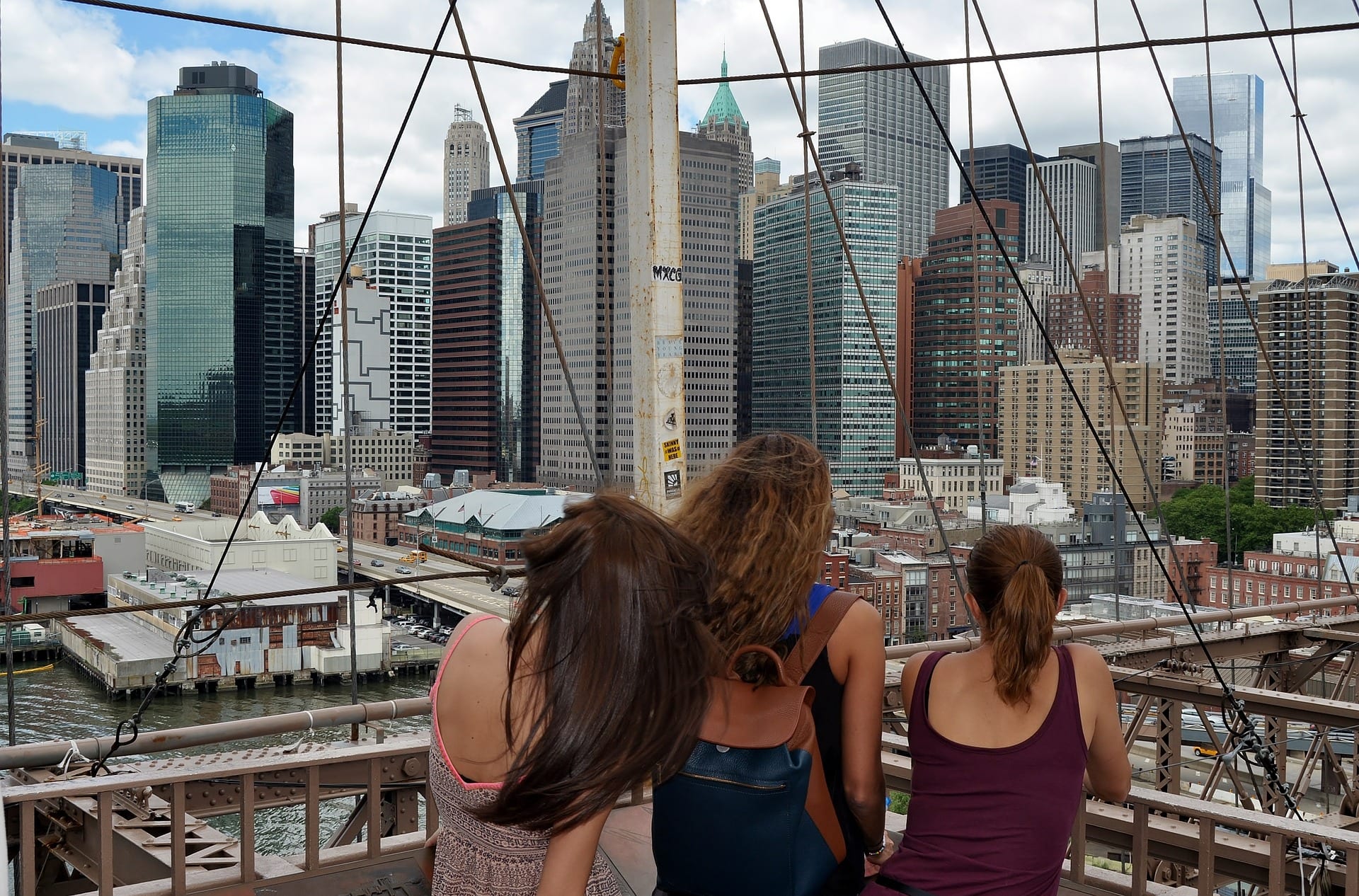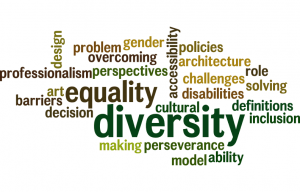The changing face of architecture: Value difference
By Sofie L J Pelsmakers, on 8 March 2016
The built environment is still not equated with a diverse work force unlike the stakeholders with whom we work with and for. The annual survey of women in architecture released last month, makes for uneasy reading: deep-rooted inequalities and perceptions of gender differences that seem to affect women architects particularly badly. So on international women’s day I’d briefly like to share my journey as a woman in architecture practice, research and academia. In June 2015, I was shortlisted among 11 others by the RIBA as one of its ‘Role Models’, hopefully inspiring others that they too can forge a successful career in architecture. Since I shared my story as part of the Role Model Project, I noticed a positive change within myself and how I view myself. It is hard to explain, but I am more at ease with myself and more accepting of myself. I no longer fear of speaking out about my background (read about it here) or being a woman in a still mostly male dominated profession (more about that here). On reflection, this makes sense: sharing our stories so publicly received positive responses and made me realise that I was wrong to be afraid to speak out. I no longer feel as vulnerable sharing my personal journey: I have a voice and I want to use my voice on issues that matter to me in the hope that it inspires others and to draw out the value of differences. I also realised I should no longer be embarrassed about my background, but celebrate how far I have come despite the challenges along the way and to see and use this as a strength. (more…)
 Close
Close



